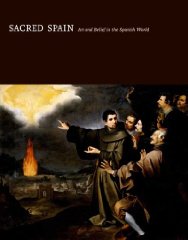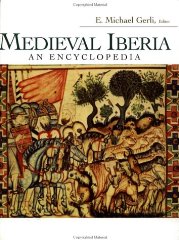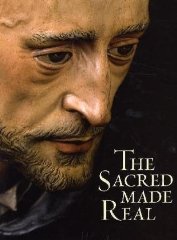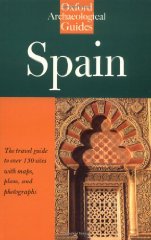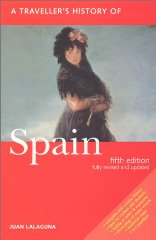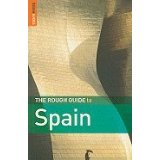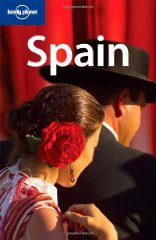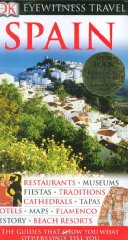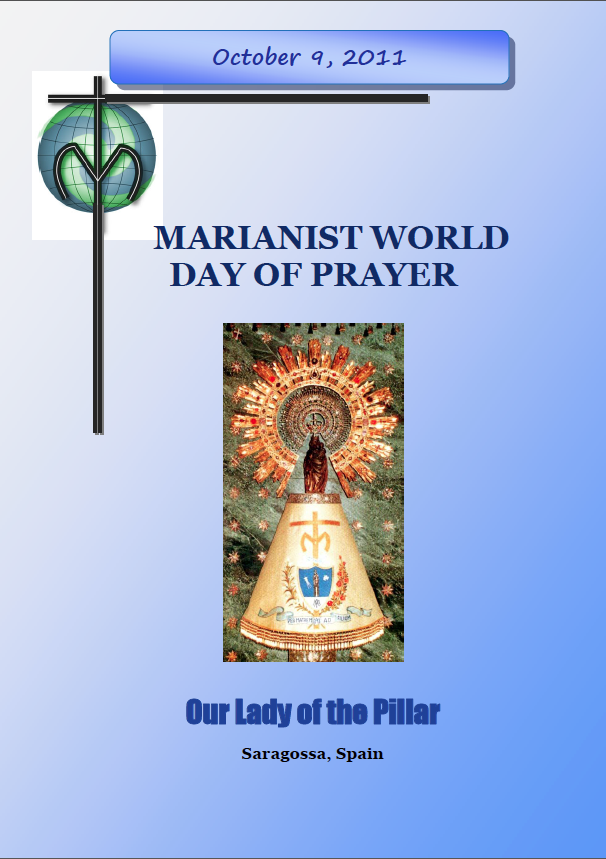Strict Standards: Declaration of McalendarControllerMCalendar::display() should be compatible with McalendarController::display($cachable = false, $urlparams = false) in /home/nrnvguvu78sn/public_html/components/com_mcalendar/controllers/mcalendar.php on line 0
Strict Standards: Only variables should be passed by reference in /home/nrnvguvu78sn/public_html/components/com_mcalendar/controllers/mcalendar.php on line 34
Strict Standards: Only variables should be passed by reference in /home/nrnvguvu78sn/public_html/components/com_mcalendar/controllers/mcalendar.php on line 35
Strict Standards: Only variables should be passed by reference in /home/nrnvguvu78sn/public_html/components/com_mcalendar/controllers/mcalendar.php on line 36
Strict Standards: Only variables should be passed by reference in /home/nrnvguvu78sn/public_html/components/com_mcalendar/controllers/mcalendar.php on line 37
Strict Standards: Only variables should be passed by reference in /home/nrnvguvu78sn/public_html/components/com_mcalendar/controllers/mcalendar.php on line 38
Related Books
- The Rough Guide to Spain 13
- Sacred Spain: Art and Belief in the Spanish World
- The Way of Saint James Vol 2: Pyrenees - Santiago - Finisterre
- The Sacred Made Real: Spanish Painting and Sculpture 1600-1700
- Oxford Archaeological Guide to Spain
- A Traveller's History of Spain
- The Rough Guide to Spain 13
- Rick Steves' Spain and Portugal Map: Including Barcelona, Madrid and Lisbon (Map)
- Romanesque Churches of Spain: A Traveller's Guide
- Lonely Planet Country Guide Spain
- DK Eyewitness Travel Guide: Spain
Catedral-Basílica de Nuestra Señora del Pilar
(Zaragoza, Spain)
The Basílica de Nuestra Señora del Pilar (better known simply as El Pilar) is one of two major cathedrals in the heart of Zaragoza, Spain. It is an important pilgrimage site, thanks to an ancient pillar said to have been given by the Virgin Mary to Saint James on this very spot.
History
The Basilica–Cathedral of Our Lady of the Pillar (Spanish: Catedral-Basílica de Nuestra Señora del Pilar) is a Roman Catholic church in the city of Zaragoza, Aragon, Spain. The Basilica venerates Blessed Virgin Mary, under her title Our Lady of the Pillar praised as Mother of the Hispanic Peoples by Pope John Paul II. It is reputed to be the first church dedicated to Mary in history.
Local traditions take the history of this basilica to the dawn of Christianity in Spain attributing to an apparition to Saint James the Great, the apostle who is believed by tradition to have brought Christianity to the country. This is the only reported apparition of Mary to have occurred before her supposed Assumption.
Many of the kings of Spain, many other foreign rulers and saints have paid their devotion before this statue of Mary. Saint John of the Cross, Saint Teresa of Avila, Saint Ignatius of Loyola, and Blessed William Joseph Chaminade are among the most outstanding ones. The Basilica of Our Lady of the Pillar is one of two minor basilicas in the city of Zaragoza, and is co-cathedral of the city alongside the nearby La Seo Cathedral. The architecture is of Baroque style, and the present building was predominantly built between 1681 and 1872.
During the Spanish Civil War, two bombs hit and damaged the basilica but neither exploded. The event was reckoned a miracle, and the defused bombs have been on display at the basilica premises ever since.
The construction of the present cathedral was started in 1681 and ended in 1711. Later additions in the 18th century expanded its dimensions to the present 130 metres (430 ft) in length, by 67 metres (220 ft) in width, crowned by eleven cupolas, four towers, and ten lantern towers. The cathedral was elevated to Minor Basilica status during the reign of Pope Pius XII in the 1950s.
What to See
Inside there are a number of artworks, but the star attraction is the famous statue of Our Lady of the Pillar, located in the Holy Chapel. Made of wood and standing only 15 inches tall, is located near the center of the basilica in a glittering shrine. There is an opening behind the statue allowing pilgrims to kiss it. The cupola of the Holy Chapel was frescoed by Francisco de Goya.
The Museo del Pilar houses the jewelry used to adorn the Pilar statue as well as sketches by Goya and other artworks.
Festivals and Events
The Fiestas del Pilar are held annually in honor of the Zaragoza's patron saint, the Virgin of the Pillar. Festivities begin on the Saturday before October 12 and run for nine days.
The feast of Our Lady of the Pillar is celebrated on 12 October and she is the Patroness of the Hispanic peoples and the Spanish Civil Guard. A grand nine-day festival known as Fiestas del Pilar is celebrated in Zaragoza every year in her honor. The feast of the Lady of the Pillar is also a national holiday in Spain as it coincides with the Fiesta Nacional de España, which commemorates the arrival of Christopher Columbus in the Americas in 1492.
The feast of Our Lady of the Pillar is celebrated on 12 October and she is the Patroness of the Hispanic peoples and the Spanish Civil Guard. A grand nine-day festival known as Fiestas del Pilar is celebrated in Zaragoza every year in her honor. The feast of the Lady of the Pillar is also a national holiday in Spain as it coincides with the Fiesta Nacional de España, which commemorates the arrival of Christopher Columbus in the Americas in 1492.
During the festival, large quantities of flowers and fruit are brought to the Virgin's shrine in the basilica, while the streets are filled with processions, street performers, music and dancing. Bullfights and theater performances are also held. Book accommodation early during the festival: the city's population triples during this period!
Basic Information
| Year consecrated: | 1682 |
| Ecclesiastical status: | Cathedral |
| Architectural style: | Baroque |
| Address: | Plaza Nuestra Señora del Pilar, s/n Zaragoza Aragon, Spain |
| Coordinates: | 41.6569, -0.8783 |
| Website: | http://www.zaragoza.es/ciudad/turismo/es/que-visitar/sitios-interes/detalle_Monumento?id=32 |
| Phone: | +34 976 29 95 64 |
| Hours: | Cathedral: Tue-Sun 7am-8:30pm Museum: daily 9am-2pm, 4-6pm |
| Cost: | Cathedral: Free Museum: €1.50 |
| Transportation: | Bus: 22 or 23 |
| Lodging: | View hotels near this location |
Note: This information was accurate when first published and we do our best to keep it updated, but details such as opening hours can change without notice. To avoid disappointment, please check with the site directly before making a special trip.
Map
Resources
-
-
-
-
Rick Steves' Spain and Portugal Map: Including Barcelona, Madrid and Lisbon (Map)
Rick Steves
Avalon Travel Publishing
January 19, 2007
ISBN: 159880054X -
Sacred Spain: Art and Belief in the Spanish World
Luisa Elena Alcala (Author) , William A. Christian Jr.
Indianapolis Museum of Art
January 5, 2010
ISBN: 0300154712 -
-
-
Romanesque Churches of Spain: A Traveller's Guide
Peter Strafford
Giles de La Mare
September 1, 2010
ISBN: 1900357313 -
DK Eyewitness Travel Guide: Spain
Mary-Ann Gallagher, Nick Inman
DK Travel
March 20, 2006
ISBN: 0756615518 -
The Sacred Made Real: Spanish Painting and Sculpture 1600-1700
Xavier Bray
National Gallery London
December 1, 2009
ISBN: 1857094220 -
The Way of Saint James Vol 2: Pyrenees - Santiago - Finisterre
Alison Raju
Cicerone Press Limited
August 1, 2003
ISBN: 1852843721 -
-
-
Catedral-Basílica de Nuestra Señora del Pilar de Zaragoza
Wikipedia (Spanish)
Retrieved Oct 28, 2013 -
-
-
"At the centre of Marian faith: Spain’s National Holiday and the Feast of the Virgin of Pilar"
Custodia Terrae Sanctae
October 12, 2011 -


